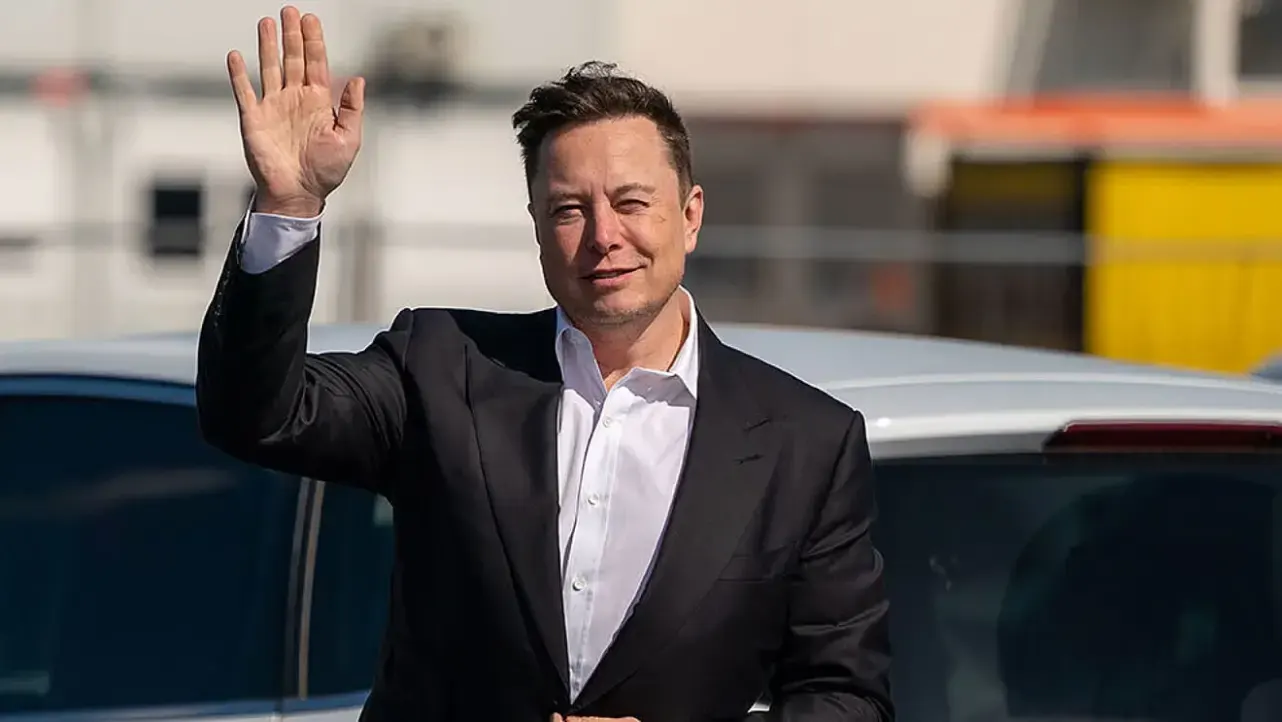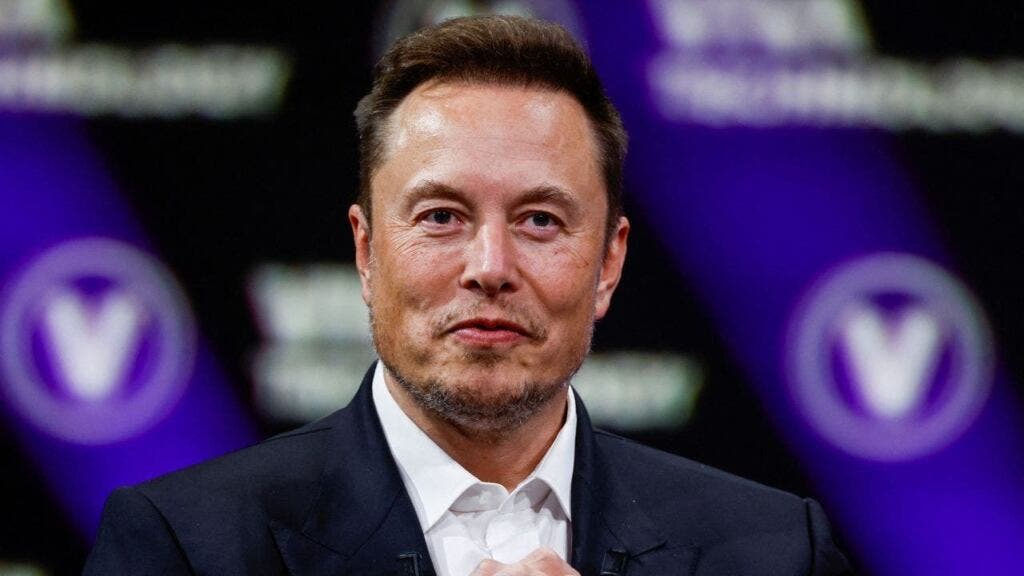2025 is a complicated year for Elon Musk. Despite a record sales quarter, Tesla is going through a phase of deep uncertainty, aggravated by a series of questionable decisions made by its founder. Five, in particular, seem to have contributed to unleashing chaos.
Tesla faces crisis as Musk’s political moves and aging lineup damage brand image

The first misstep came on the political front. Musk’s entry into Donald Trump’s administration as head of the new Department for Government Efficiency baffled much of his supporters. The figure of the visionary entrepreneur, symbol of sustainability and innovation, was poorly reconciled with that of the Republican president, always skeptical of environmental policies.
The result was a devastating image backlash: widespread protests, a movement called Tesla Takedown and a dizzying drop in personal and brand popularity. The internal clash with Treasury Secretary Scott Bessent and the subsequent departure from government, culminating in a heated social media exchange, only made the situation worse.
And despite everything Musk relaunched by founding his own political movement, the America Party, presented as a project ‘to restore freedom to Americans.’ A move that further polarized public opinion, fueling tensions around his figure and distracting him from Tesla precisely when the company would have needed stable leadership.

On the industrial front, the most evident problem is the aging lineup. Setting aside the Cybertruck which however sank after the initial hype, Tesla continues to focus on now dated models like Model S and Model X, while Model 3 and Model Y have received only marginal updates. Even the introduction of cheaper versions, like the Standard, was not enough to respond to the increasingly aggressive competition from Chinese and European brands.
A truly affordable model is also missing, the famous $25,000 car that Musk has been promising for years but which remains a mirage, as does the Roadster. The comparison with giants like BYD, which offers compact and competitive cars like the Dolphin Surf and Atto 2, is merciless. While Tesla loses ground in once strategic markets (like Norway), Chinese brands are gaining growing customer shares thanks to aggressive prices and increasingly refined technologies.
Completing the picture is Musk’s inattention to his own company. Caught up in his multiple entrepreneurial ventures, from SpaceX to the X platform (formerly Twitter), the billionaire has left Tesla without clear leadership, fueling the distrust of investors and analysts. Thus, while the numbers remain formally solid, with the last quarter marking 497,000 deliveries, up 7%, brand perception is declining and its future appears less certain than ever.
